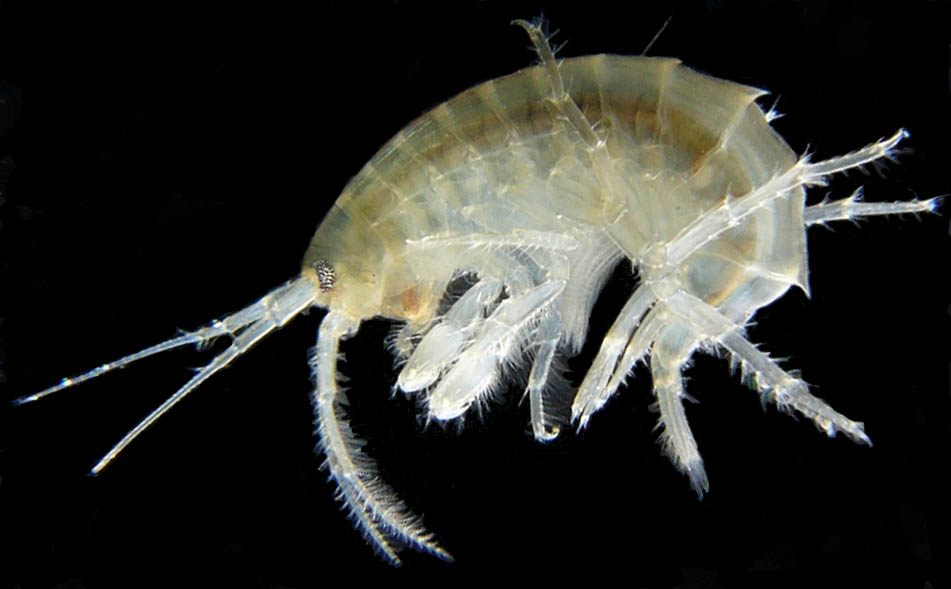Podcast 105 - We'll Meet Again
/The gang discusses extinction rates to determine if we are in a sixth mass extinction (spoilers we very much are). Also, Curt decides to refocus the podcast, Amanda describes a disturbing tale of assault with deadly pastry, and James has some quasi-legal ideas of branding.
Up-Goer Five Summary (James and Amanda Edition):
Today our three friends talk about how fast things die. Sometimes things die fast, and sometimes things die slowly. Most of the time things die slowly, but when things die fast, it is very bad. Bad things happen when everything dies fast. Right now, it looks like things are dying very fast, oh no. Things are dying so fast, it could be a hundred or even a ten hundred times faster than when things die slowly. This is bad because when things die they can't come back. Our friends talk about how bad it is when things die fast, and how people can maybe make things die slower.
References:
Martin, Robert A., and Pablo Peláez‐Campomanes. "Extinction rates of the Meade Basin rodents: application to current biodiversity losses." Lethaia (2016).
Ceballos, Gerardo, et al. "Accelerated modern human–induced species losses: Entering the sixth mass extinction." Science advances 1.5 (2015): e1400253.

















